Understanding the nuanced differences between freestyle and choreography illuminates the multifaceted nature of dance as an art form. Both styles involve movement in response to music, yet each approach diverges significantly in terms of creative process, technical execution, and artistic expression.
Freestyle dance epitomizes spontaneity and improvisation, providing dancers with the freedom to interpret music organically and express emotions intuitively. This form of dance is characterized by its fluidity and adaptability, allowing dancers to innovate and evolve their movements in real-time. Freestyling encourages dancers to explore their individuality, drawing from personal experiences and emotions to create dynamic and unpredictable performances. It thrives in environments such as cyphers, where dancers engage in freewheeling exchanges of movement, each response building upon the energy and creativity of the preceding dancer.
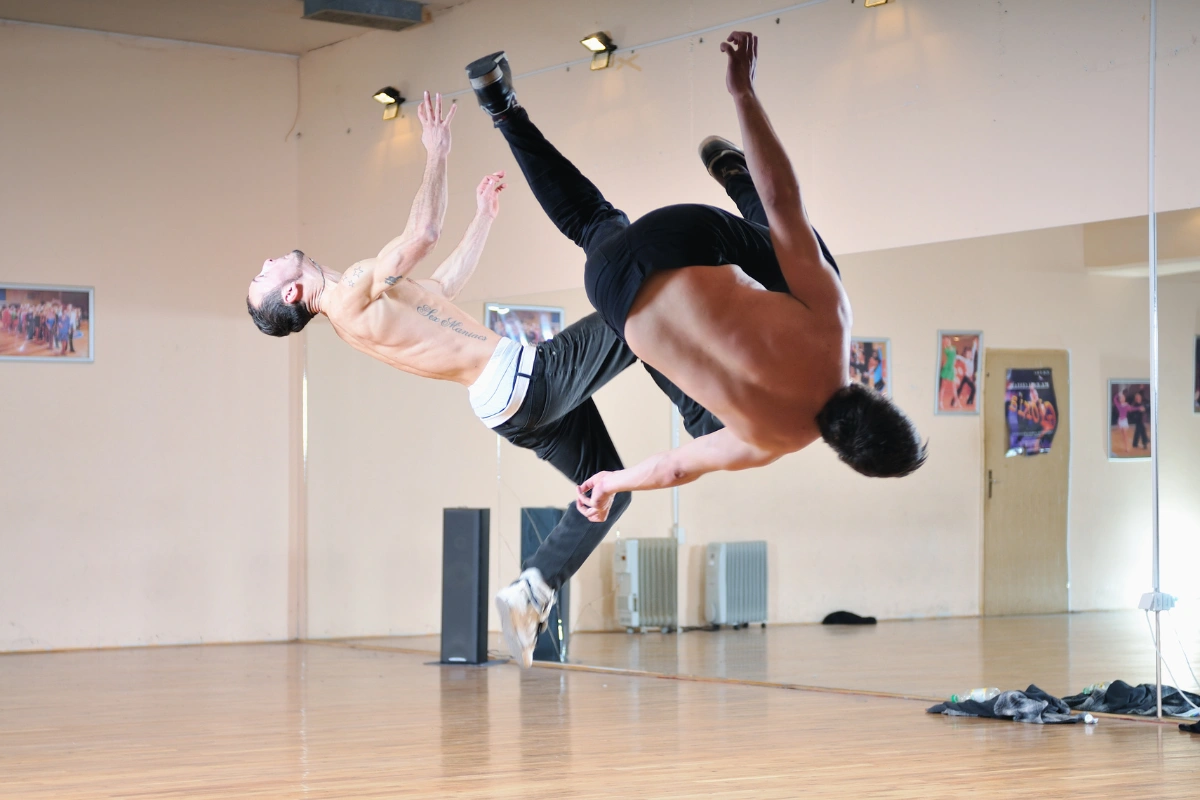
What are cyphers? Cyphers (or ciphers) are informal gatherings or circles where dancers, typically in hip hop culture, come together to freestyle dance. These circles serve as spaces for dancers to showcase their skills, creativity, and improvisation in response to music. In a cypher, dancers take turns entering the center of the circle to perform, often exchanging movements and responding to each other’s energy and style. Cyphers can occur spontaneously in various settings, such as dance studios, street corners, or organized events, and they play a significant role in fostering community, competition, and artistic expression within hip hop dance culture.
Conversely, choreography involves the deliberate crafting of sequences and movements synchronized meticulously to specific musical compositions. Choreographers, often considered architects of movement, meticulously design routines that blend technical precision with artistic intent. Every movement is carefully choreographed to convey a narrative, evoke emotions, or synchronize with musical intricacies. Dancers executing choreography must adhere closely to these predetermined movements and timings, requiring discipline and attention to detail to achieve uniformity and synchronization within a group or ensemble.
The distinction between freestyle and choreography extends beyond the execution of movements to encompass the creative process itself. Freestyle encourages spontaneous exploration and experimentation, whereas choreography demands structured planning and rehearsal. Choreographers may draw inspiration from diverse sources—ranging from music and cultural motifs to personal narratives and societal themes—to conceptualize movements that resonate with their intended audience.
Exploring these differences offers dancers a comprehensive understanding of the diverse approaches within the dance spectrum. It underscores the versatility of dance as a medium of expression, capable of conveying emotions, stories, and cultural narratives through both improvised spontaneity and meticulously crafted sequences. As dancers navigate between freestyle and choreography, they cultivate distinct skill sets and artistic sensibilities, enriching their ability to communicate and connect with audiences in compelling and meaningful ways.
What is freestyle?
Freestyle in dance involves spontaneously improvising movements in the moment, contrasting with choreography where movements are pre-planned. This improvisational approach can be applied to various dance styles, with some like breakdance, popping, krump/clowning, waacking, afro dance, street jazz, locking, turfing, and house dance emphasizing freestyling as the primary mode of expression. While freestyling is common in these styles, it’s important to note that choreographed hip hop routines are also prevalent, often overshadowing the freestyle aspect in popular perception. Freestyle dancing frequently occurs in cyphers and battles, where dancers take turns showcasing their improvised skills.
Why is it important to learn to freestyle?
Learning to freestyle in dance holds significant importance for several reasons. Firstly, it liberates dancers from relying solely on choreographed routines. Imagine being in a club where a familiar song plays, allowing you to shine with a rehearsed choreography. However, when the next song starts, you might feel lost without a prepared routine. Freestyling enables dancers to adapt instantly to any music, ensuring continuous engagement and enjoyment on the dance floor.
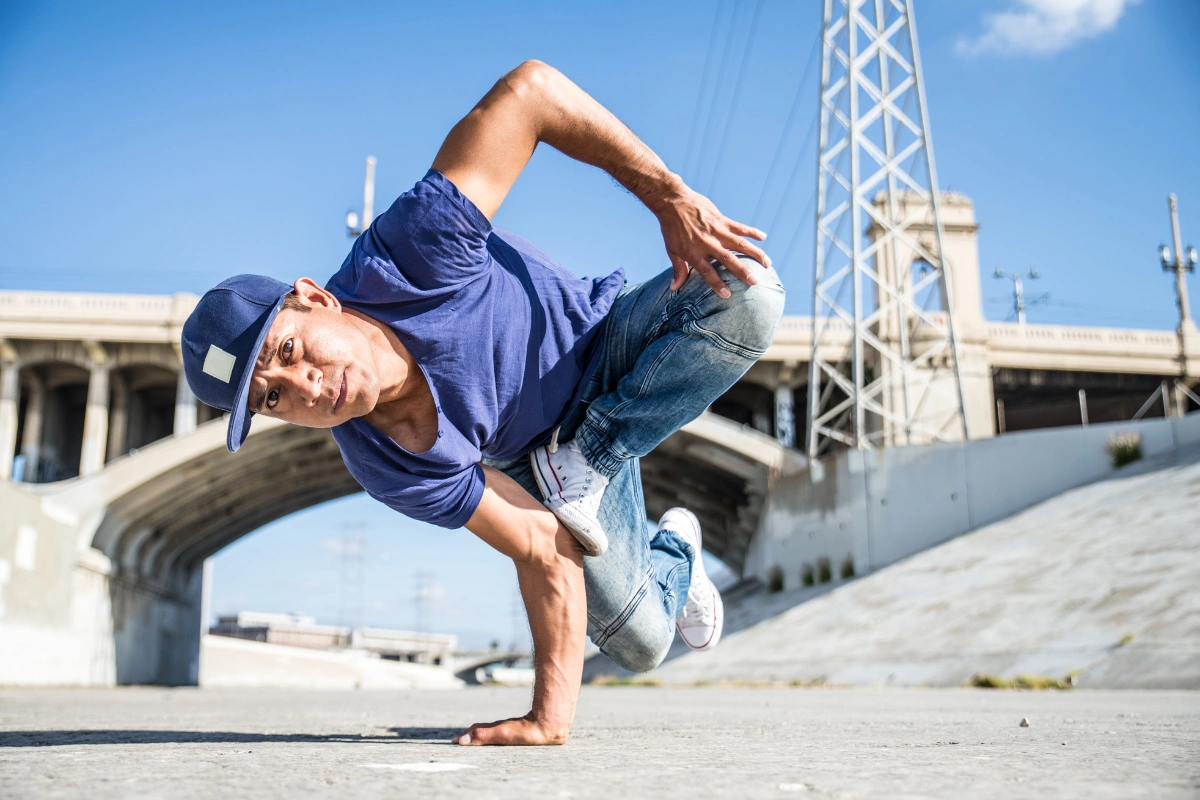
Moreover, freestyle skills are practical beyond club settings. They provide dancers with the ability to improvise when faced with unexpected challenges, such as forgetting choreography or encountering technical issues with music playback. In such instances, freestyling allows dancers to confidently respond and keep the performance flowing seamlessly.
Furthermore, in professional contexts such as auditions for shows, music videos, or theatrical productions, freestyling often plays a pivotal role. Directors and choreographers frequently request candidates to showcase their ability to improvise, demonstrating versatility, creativity, and the capacity to interpret music spontaneously.
What are auditions? Auditions are formal evaluations or tryouts conducted by individuals or organizations to assess the skills, talent, and suitability of performers for specific roles or opportunities. In the context of dance, auditions are typically held by dance companies, choreographers, production teams for shows, music videos, or theatrical productions, and other performance-based entities.
During auditions, dancers or performers showcase their abilities through prepared choreography, improvisation, or both. They may be required to demonstrate technical proficiency, artistic interpretation, versatility in different dance styles, and the ability to adapt to various choreographic demands. Auditions often involve multiple rounds of evaluations, where dancers may be progressively narrowed down to select finalists or the eventual cast.
Successful auditions can lead to opportunities for dancers to perform in professional productions, join dance companies, or participate in other performance-related projects. Auditions are a crucial part of the dance industry, providing a platform for dancers to demonstrate their skills and potentially launch or advance their careers in the performing arts.
In essence, mastering freestyle dance not only enhances spontaneity and adaptability but also expands opportunities for dancers to express themselves authentically in diverse dance environments and professional settings.
Is it easy to learn freestyle?
For dancers accustomed to choreography, mastering freestyle can initially pose a significant challenge. The transition from executing predetermined sequences to improvising movements in real-time can feel daunting. However, like any skill, freestyling can be learned and perfected with practice and perseverance.
The most effective approach to learning freestyle begins with mastering a specific dance style. By acquiring proficiency in various dance moves and techniques within that style, dancers can gradually integrate them into freestyle sessions. This process involves dancing spontaneously to music without preplanning each move, utilizing familiar steps learned through choreography as a foundation for improvisation.
Once dancers feel comfortable freestyling within one dance style, they can expand their repertoire by exploring additional styles. This diversification not only enhances versatility but also enriches the creative potential of freestyle performances. While learning multiple styles isn’t mandatory, it can facilitate more fluid transitions and a broader range of expression in freestyle dance.
Practicing freestyle in a solitary environment, such as at home, often feels less intimidating compared to participating in a cypher—a freestyle circle where dancers take turns showcasing their skills. It’s advisable to begin by freestyling among supportive peers or friends, gradually building confidence before venturing into more public settings like cyphers. With each step, dancers can cultivate the confidence and skill needed to freestyle effectively and expressively in front of diverse audiences.
Freestyle in battles
Freestyling plays a pivotal role in battle culture, where dancers engage in dynamic face-offs to showcase their skills and outperform their opponents. In a dance battle, two participants square off, often in a cypher or within a designated space, taking turns to demonstrate their abilities in real-time. While some battles are spontaneous, others are meticulously planned events.
Dance battles are characterized by a high degree of unpredictability. Participants may not know their opponent until shortly before the battle commences. Moreover, the specific moves each dancer will execute and the music selection by the DJ remain undisclosed until the moment of performance. This uncertainty underscores the necessity for dancers to excel in freestyling, as they must adapt swiftly to the rhythm and style of any music played, and creatively respond to and surpass their opponent’s movements.

The ability to freestyle effectively in battle settings ensures that dancers can maintain impeccable timing and synchronization with the music, while also innovatively incorporating and surpassing their opponent’s maneuvers. Mastery of freestyle techniques thus becomes crucial not only for technical prowess but also for asserting artistic dominance in competitive dance scenarios.
Freestyle approaches
Freestyle dance offers various creative approaches that dancers can explore to express themselves uniquely. One approach involves using freestyle as a means to convey personal emotions or moods in the moment. By translating inner feelings into spontaneous movements, dancers can authentically express joy, sorrow, excitement, or any other emotion through their dance.
Another approach is storytelling through movement. In this context, dancers craft a narrative using gestures, body language, and choreography that unfolds without a predetermined script. This form of freestyling allows dancers to communicate complex narratives or abstract concepts purely through physical expression.
Integrating concepts into freestyle adds an additional layer of depth and creativity. For instance, dancers might impose constraints such as keeping one arm extended throughout the performance or limiting movement to respond only to a specific sound or instrument in the music. These conceptual frameworks encourage dancers to explore new movement possibilities and enhance the artistic quality of their freestyle.
The beauty of freestyle lies in its diversity and individuality. Each dancer interprets and approaches freestyle differently, drawing from their unique experiences, perspectives, and creative instincts. This diversity fosters a rich tapestry of styles and interpretations within the dance community, showcasing the limitless potential of human expression through movement.
What is choreography?
Choreography refers to a structured sequence of movements synchronized to music. This methodical approach is predominant in classical dance forms like ballet and modern dance, where dancers learn and perform predetermined routines. A choreographer is the creative mind behind these sequences, crafting movements that align with the music’s rhythm and mood.
The term “choreography” derives from the Greek word ‘χορεία’, which translates to “dance-writing”. It was first documented in American English dictionaries in the 1950s. One of the earliest credited choreographers was George Balanchine, recognized for his work on the 1936 Broadway production ‘On Your Toes’.
In hip hop dance classes, choreography is also a common teaching method. In these classes, instructors break down routines step-by-step, guiding students through each movement sequence. By the end of the session, dancers rehearse the choreography multiple times to internalize the routine. Many dancers appreciate this structured approach as it offers a clear path to learning and mastering specific dance sequences. However, one limitation of choreography-focused training is its emphasis on rehearsed movements rather than improvisation.
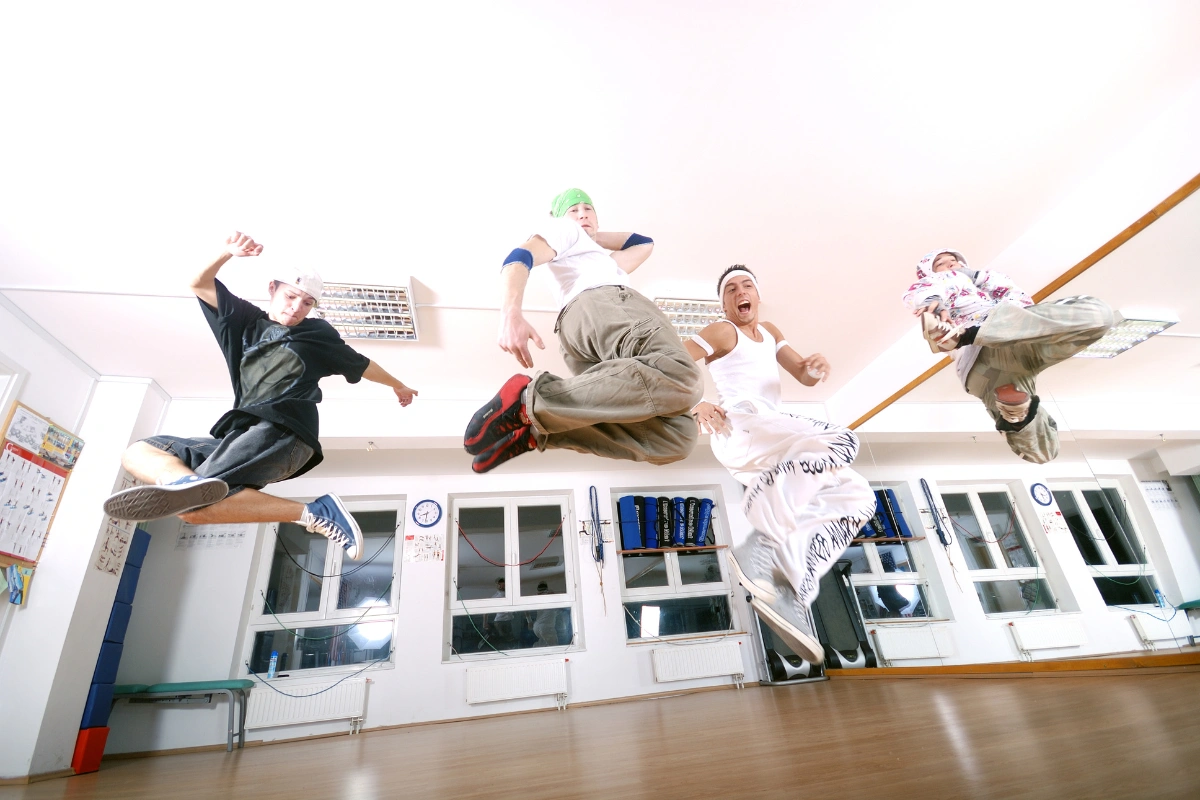
What is hip hop? Hip hop is a cultural movement that originated primarily among African American and Latino communities in the Bronx, New York City, during the late 1970s. It encompasses various art forms and expressions, including music (rap), dance (breaking, locking, popping), graffiti art, and DJing (turntablism). Hip hop culture emerged as a creative and expressive outlet for marginalized youth, providing a platform for social commentary, self-expression, and community building.Musically, hip hop is characterized by rhythmic beats, spoken or rapped lyrics, and sampling—a technique of reusing portions of existing recordings to create new musical compositions. Rap, a vocal style often associated with hip hop, features rapid, rhythmic speech delivered over a beat.
In dance, hip hop encompasses a variety of styles, each with its own distinctive movements and techniques. Breaking (breakdance) is perhaps the most widely recognized hip hop dance style, known for its acrobatic moves and intricate footwork. Other styles include locking, popping, krumping, waacking, and various forms of street dance, each reflecting cultural influences and evolving artistic expressions within the hip hop community.
Beyond music and dance, hip hop culture is recognized for its fashion trends, language (slang and vernacular), and visual art forms such as graffiti, which often convey social and political messages. Over the decades, hip hop has grown into a global phenomenon, influencing mainstream culture, fashion, language, and music worldwide, while continuing to evolve and expand through new generations of artists and practitioners.
Choreography typically involves group performances where the goal is synchronized execution. Dancers strive to move in perfect unison, ensuring that each movement aligns precisely with others in the group. This synchronized approach not only highlights the technical precision of the dancers but also enhances the visual impact of the performance as a cohesive whole.
Choreography groups and competitions
Hip hop choreography has permeated popular culture through its ubiquitous presence in music videos and live performances of renowned artists. These choreographed dances have become a staple, captivating audiences worldwide. Television shows like America’s Best Dance Crew, So You Think You Can Dance, and World of Dance further amplify choreography’s influence by showcasing talented dancers competing with meticulously crafted routines.
In addition to television platforms, hip hop choreography thrives in competitive settings, with notable events such as Hip Hop International and the International Dance Organization (IDO) attracting dancers from around the globe. These competitions serve as stages where choreographers and dance crews vie for recognition and acclaim, pushing the boundaries of creativity and technical skill in choreographed dance.
What is International Dance Organization? The International Dance Organization (IDO) is a prominent global governing body dedicated to promoting and advancing dance as a cultural and competitive art form worldwide. Founded to unify dancers and choreographers across borders, IDO organizes and sanctions a diverse array of dance competitions, festivals, and events encompassing multiple genres such as ballet, modern dance, jazz, hip hop, and more.
IDO’s mission extends beyond competition to include educational initiatives, cultural exchanges, and professional development opportunities for dancers of all ages and skill levels. Through its extensive network of member federations and affiliated organizations in over 90 countries, IDO facilitates international collaboration, sets standards for dance excellence, and provides platforms for dancers to showcase their talents on a global stage.
With a commitment to inclusivity and artistic diversity, IDO plays a pivotal role in shaping the future of dance by nurturing talent, celebrating creativity, and promoting the universal language of dance across cultures and communities worldwide.
Numerous esteemed hip hop choreography groups have emerged, each leaving an indelible mark on the dance community:
- The Royal Family
- Jabbawockeez
- DM Nation
- Diversity
- Flawless
- The Kings
- Triplets Ghetto Kids
- Philippine All-Stars
These groups not only showcase exceptional talent but also contribute to the evolution of hip hop choreography, pushing artistic boundaries and inspiring the next generation of dancers. Their performances often blend intricate footwork, synchronized movements, and innovative storytelling, captivating audiences and judges alike in competitions and live performances worldwide.
Creating your own choreography
Creating your own choreography is a creative journey that begins with selecting the right piece of music. Once you’ve chosen a track that resonates with your vision, the process of choreographing unfolds by exploring movements that naturally complement the music’s rhythm and mood. Often, certain sections of the music inspire immediate ideas, while other parts may require thoughtful consideration to seamlessly connect movements.
When choreographing, it’s common to encounter gaps or transitions in the music that need to be filled. This is where creativity comes into play, as you strategize how to bridge these gaps with complementary dance moves or transitions. Experimentation is key during this phase, allowing you to refine your choreography and ensure continuity and flow throughout the performance.
As you progress, final adjustments are made to enhance the overall composition. This includes refining transitions, adjusting timing to match the music’s nuances, and polishing each movement to achieve precision and expression. Attention to detail is crucial at this stage, as it elevates the choreography from a series of movements to a cohesive and impactful dance piece.
Throughout the process of creating choreography, dancers have the opportunity to express their artistic vision, interpret the music in unique ways, and convey emotions or narratives through movement. This creative endeavor not only showcases technical prowess but also reflects the choreographer’s style and artistic sensibilities, making each choreographed piece a personal and expressive statement.
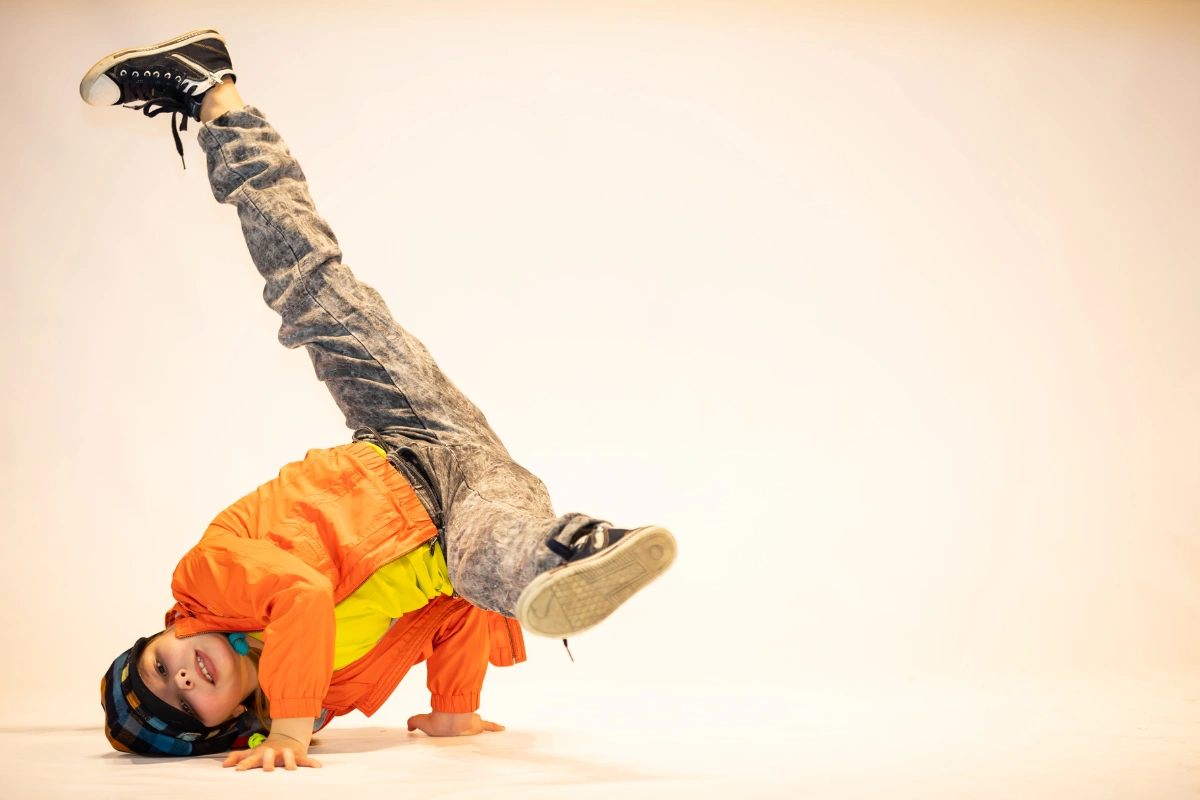
Why learn choreography?
Learning choreography offers dancers valuable opportunities for growth and development, both technically and artistically. When you engage with choreography, you’re challenged to move in ways specifically envisioned by the choreographer. This process not only expands your repertoire of movements but also encourages you to break away from habitual patterns ingrained in your own dance style.
Choreographed routines are typically set to specific songs or tracks, contrasting with freestyle dancing, which adapts to any music spontaneously. By learning or creating choreography, dancers deepen their musical awareness. Choreographers meticulously structure movements to align with musical nuances, from the rhythm and tempo to the intricate layers of instruments and emotional tones. Moreover, choreography is often meticulously counted in beats or measures, honing dancers’ ability to synchronize their movements precisely to the music—a fundamental skill for every dancer.
Unlike freestyle, where spontaneity reigns and movements flow freely, executing choreography demands meticulous attention to detail. Dancers strive to replicate each movement precisely as intended by the choreographer, fostering heightened awareness of body mechanics and alignment. This heightened body awareness not only refines technical execution but also enhances overall dance proficiency.
For professional dancers, familiarity with choreography is often essential. In performance settings such as gigs or productions, dancers are frequently required to learn and execute choreographed routines. Dancers who exclusively specialize in freestyle may find themselves at a disadvantage in such contexts, where precision and consistency in executing choreography are highly valued.
In essence, embracing choreography as part of dance training fosters discipline, musicality, and technical proficiency while expanding creative expression. It equips dancers with versatile skills needed to excel in diverse dance settings, enriching their journey as performers and artists.
Summary
In summary, the distinction between freestyle and choreography encapsulates the essence of dance as both spontaneous expression and meticulously crafted artistry. Freestyle dance thrives on improvisation and personal interpretation of music, allowing dancers to express emotions freely in real-time. Choreography, by contrast, involves the deliberate planning of synchronized movements to specific music, emphasizing precision and adherence to predetermined sequences. These contrasting approaches highlight the breadth of creative possibilities within dance, shaping dancers’ abilities to innovate, communicate narratives, and connect with audiences through both spontaneous creativity and disciplined execution.

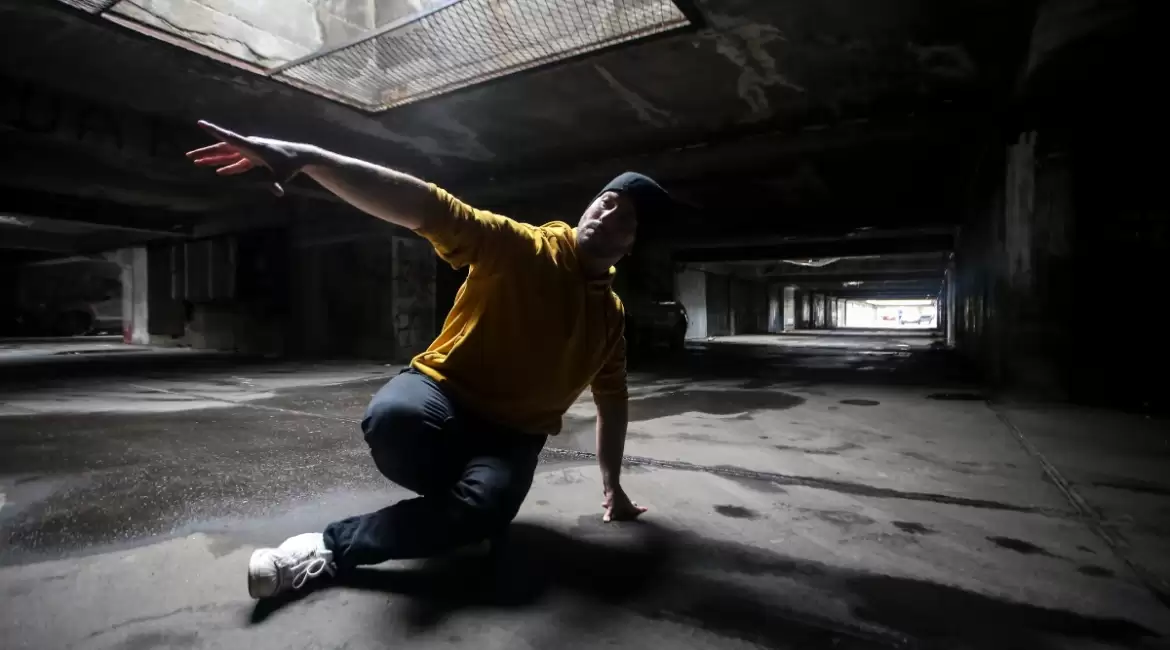
Leave a reply